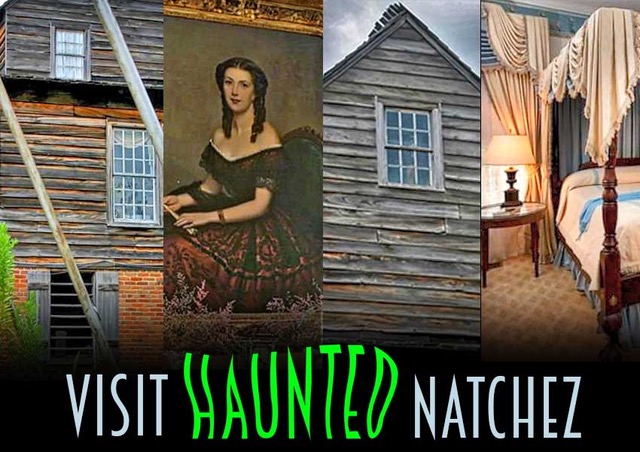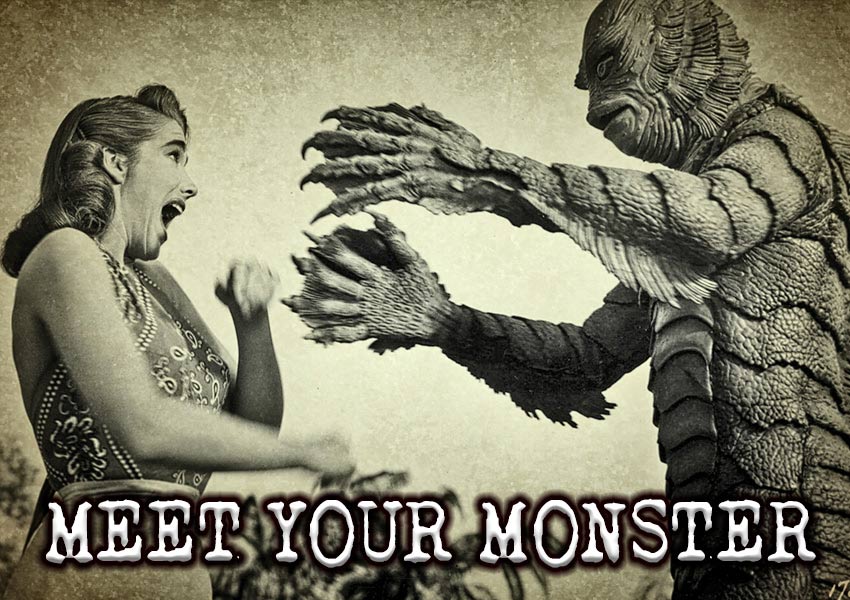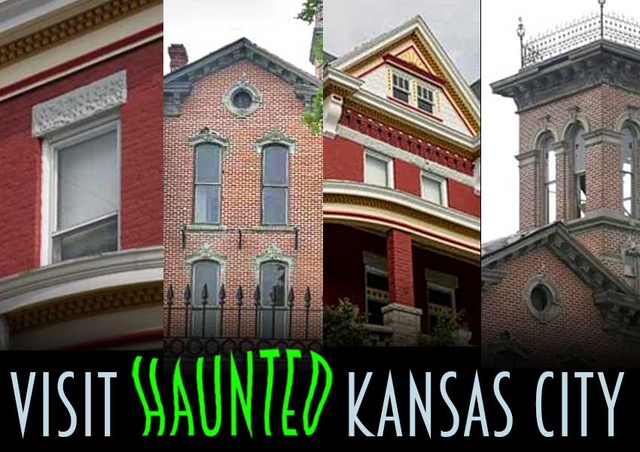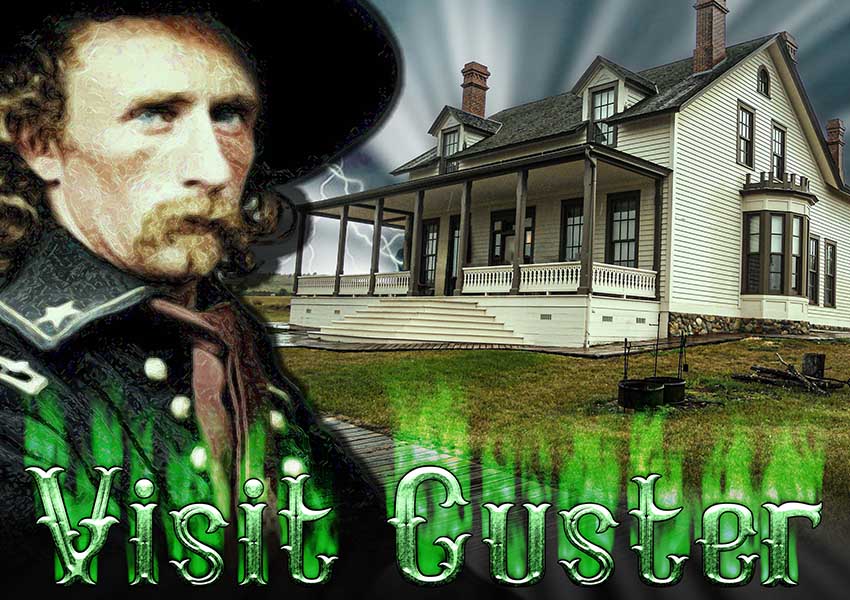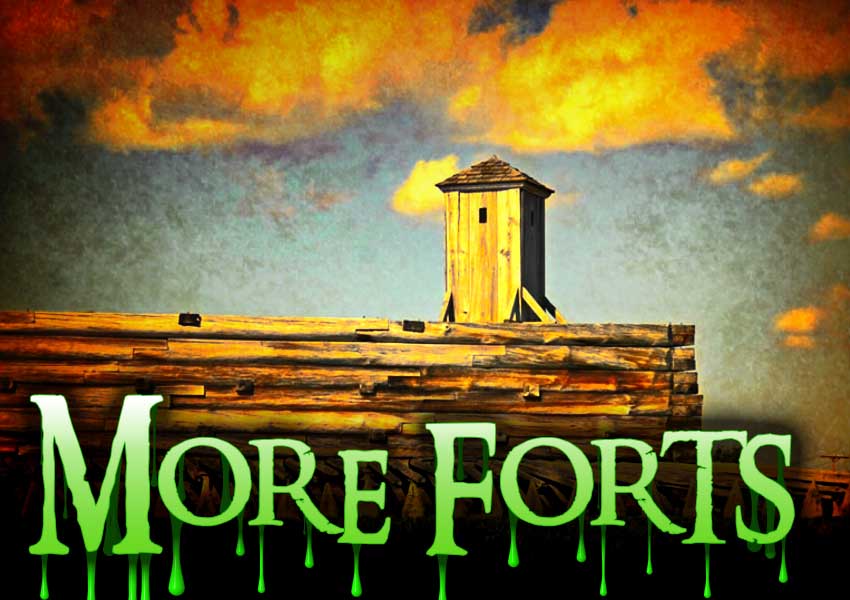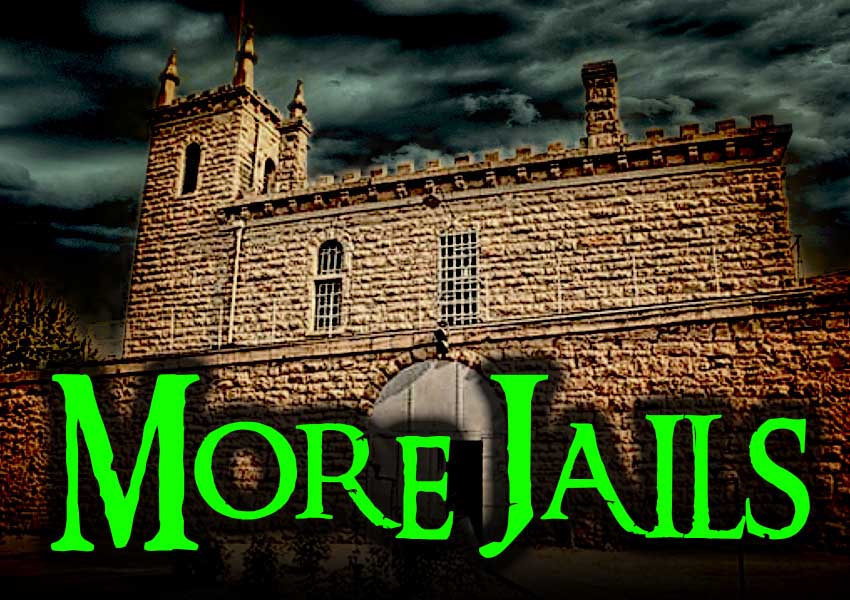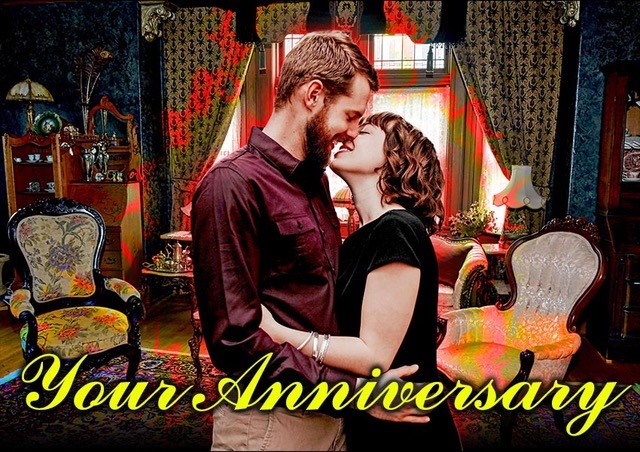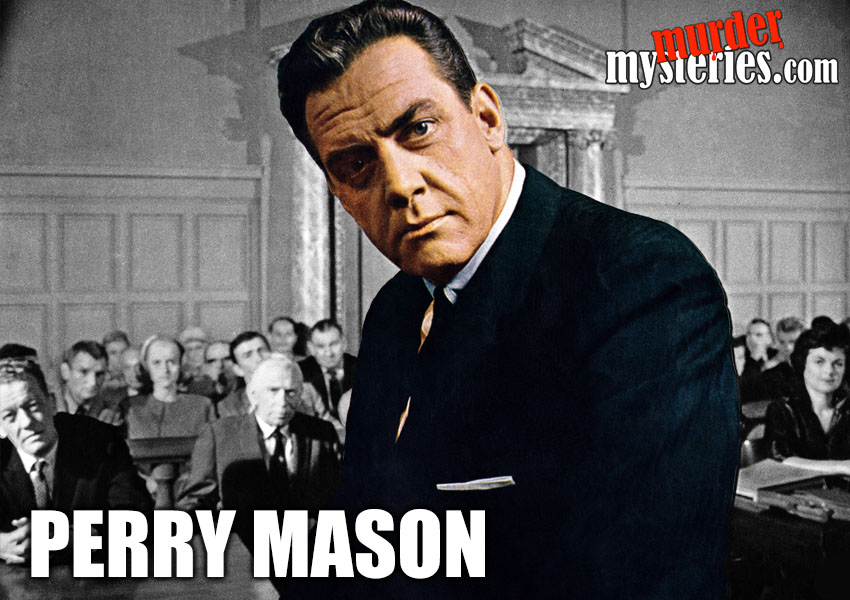Durant Oklahoma
Fort Washita
The spirit of a murdered woman tried to bully the living.

DESCRIPTION
Fort Washita Historic Site and Museum is a reconstruction of the 1800s military fort that has rebuilt buildings and the old ruins as well, offering a step back in time to visit what it was like to be stationed here. It played an important part in the protection and development of the western states.
It reminds me of other historical sites in North Dakota, like Fort Abercrombie or Fort Abraham Lincoln State Park. Fort Washita Historic Site and Museum’s state of development is probably in-between these two forts that are at different stages of being reconstructed. When Tom and I visited these two forts in 2012, Fort Abercrombie had the old jail, the building used as a museum, and a guard’s station rebuilt, though all the other buildings are mapped out as to where they originally were located. Abraham Lincoln State Park had a row of barracks reconstructed, the reconstructed house of General Custer, as well as the structure used as the gift shop. By 2021, they may have made some progress in their building plan.
The most complete 1800s fort that we have seen was Fort Bridger, Wyoming. It has been totally rebuilt, including cemetery, the houses of officers, Mess Hall, barracks, hospital etc. Even Bridger’s Trading Post is there as well. We highly recommend the fort to visit.
Tom and I have never visited Fort Washita Historical Site yet but plan to do so in the future. There are restored structures which would be interesting to see and we would love to take the tour offered there or witness some of the Civil War reenactments and other events that take place here.
Their website states, “Visitors to Fort Washita can tour restored structures, witness Civil War reenactments and take part in the yearly Fur Trade Era Rendezvous to experience what life was like before and during the Civil War. Other events throughout the year include storytelling, outdoor movies and special seasonal and holiday events that the whole family can enjoy. On certain days, visitors are free to walk around the grounds of Fort Washita.”

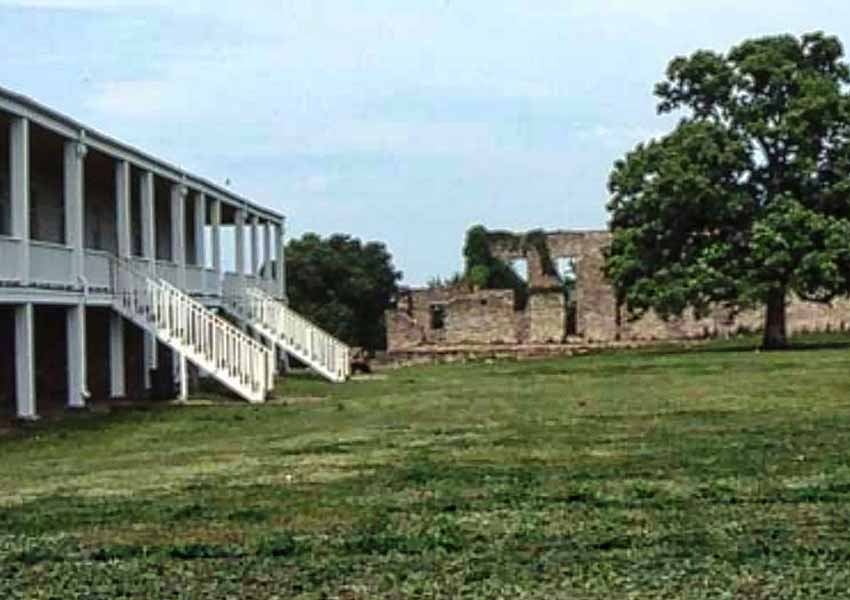

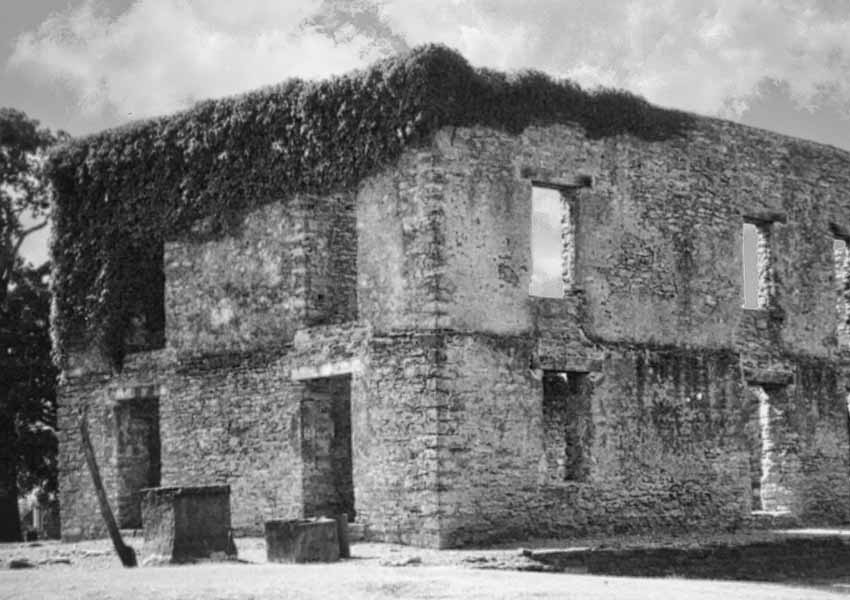
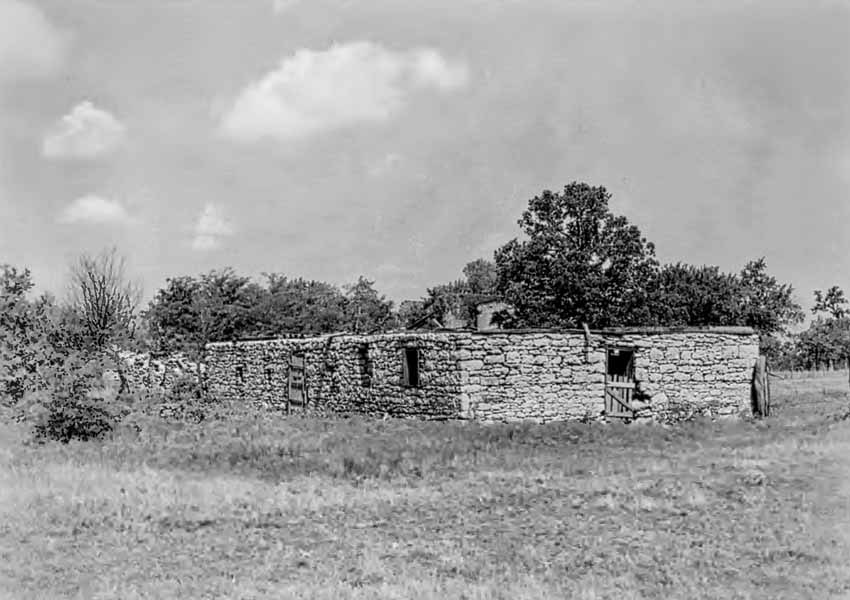
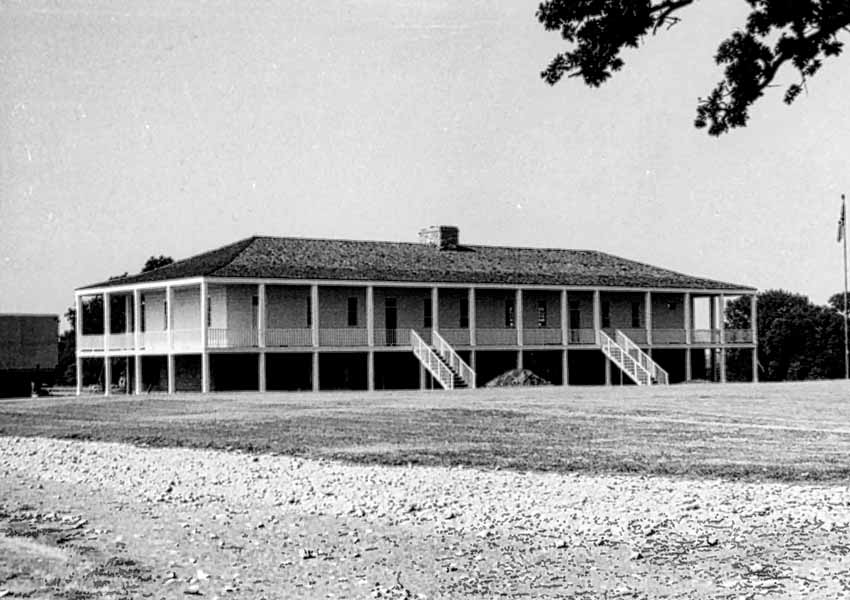
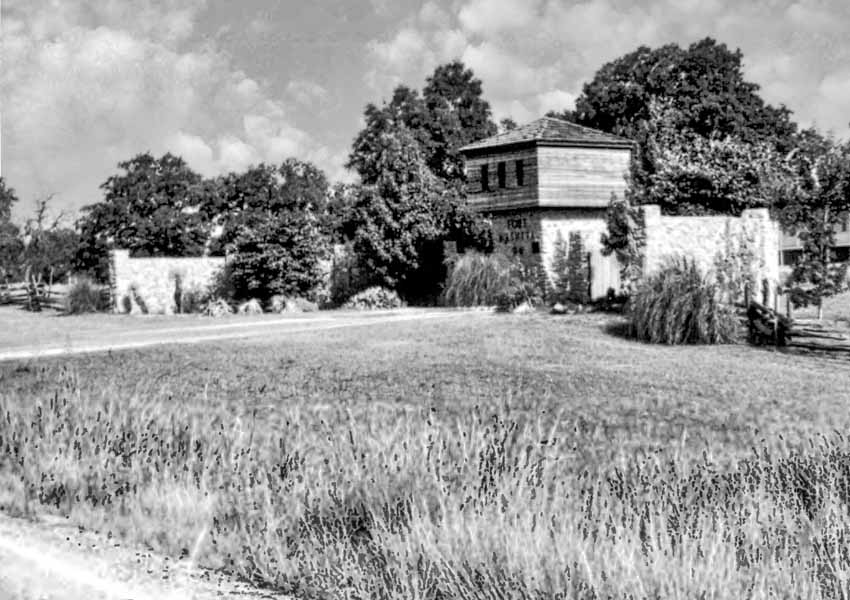
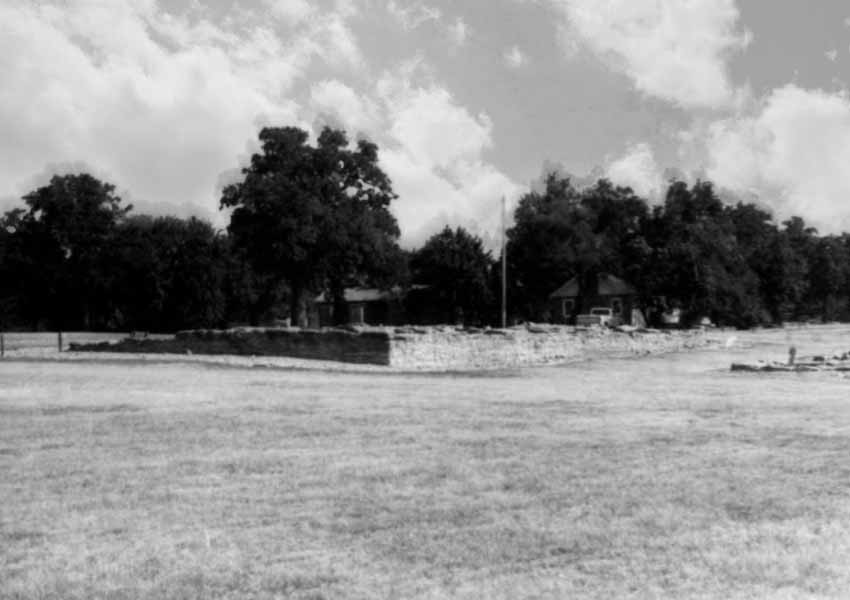
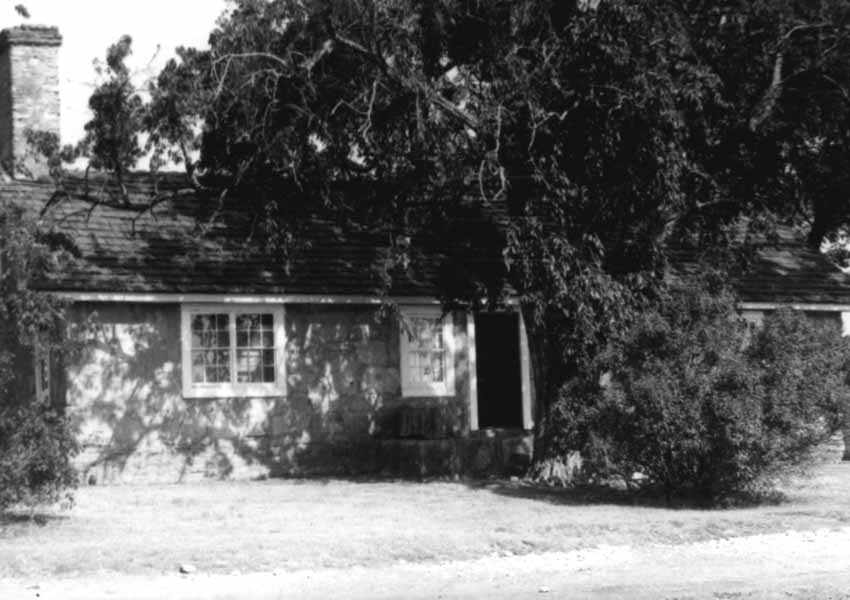
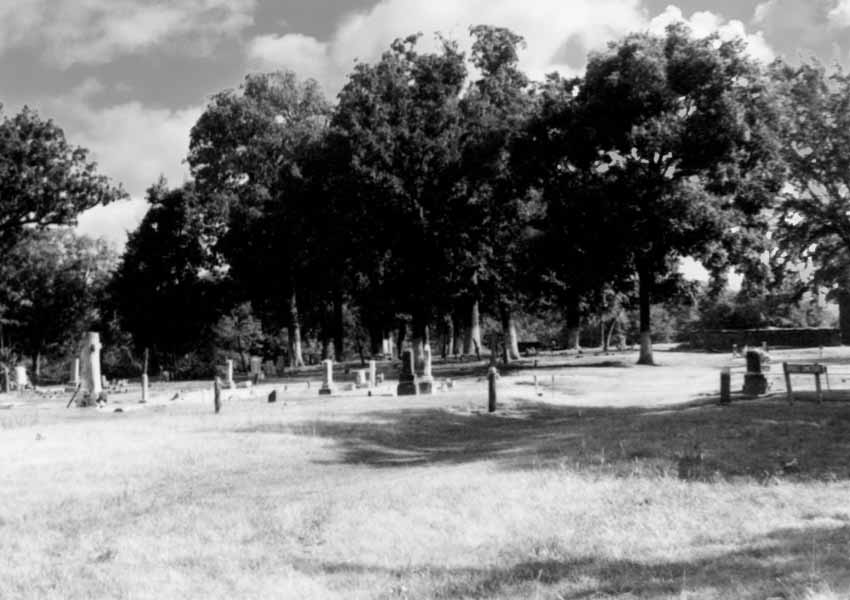
HISTORY
“Location, Location, Location!”
This prime location was used for two other purposes before the Fort Washita, and for another army afterward.
This location “sat at a strategic point on the frontier. In addition to being located near the Red and Washita Rivers, there existed an ancient north-south trail through the area. In the Indian Territory this route was known as the Texas Road, leading from Missouri to Texas and beyond. This route was called the Old Preston Trail after it crossed into Texas.”
The Dodge-Leavenworth Expedition in 1834 saw this as the perfect place to set up their Camp Washita, as it was near a fresh water source, the Washita River; perfect place for their “base of operations for the area.”
The land where Camp Washita was built in had been the yearly meeting place for trappers to receive their provisions provided by the fur companies that hire them to trap beaver. It was a perfect location, with plenty of room for the throngs of trappers, being flat, as well as situated by a fresh water source. When fashion changed and people no longer wanted beaver fur, this ended the sponsorship of these trappers. It was a perfect location, not to be wasted.
In 1830, The Indian Removal Act dictated that the five southern-based civilized tribes:The Cherokee, Chickasaw, Choctaw, Creek (Muscogee), and Seminoles were ordered to be relocated to the Indian Territory. The Choctaw, and the Chickasaws were moved to the southern part of the Indian Territory, that had been claimed by other people for a long time. The Chickasaws soon found that they would be harassed with constant raids by the other plains Native Americans like the Comanche, Wichita, Caddo, and Kiowa. While the Choctaws had the security of Fort Towson to protect them, the Chickasaws were open and vulnerable.
Besides the unfriendly Native American tribes, there were also the “Republic of Texas Militia, interference by unscrupulous intruders, and the presence of traders and trappers,” who saw this land as their space and trapping ground. These folks didn’t recognize that Congress had given their land away as they received no compensation or even told about it. Their voices were not heard during this era.
The need for a Federal fort to keep the peace was apparent. The Superintendent of Indian Affairs for the Western Territory, William Armstrong, took action in 1838 and requested that the War Department build a fort there by the Washita River. Construction of Fort Washita began in the spring of 1842.
Companies A and F of the Second Dragoons were the ones who built the structures needed, under the command of Capt. George A. H. Blake.
By 1858, Fort Washita was like a small city. “A nearly continuous construction of permanent buildings at Fort Washita began in 1843. Within fifteen years a hospital, surgeon’s quarters, and barracks had been constructed of stone, in addition to the wooden structures. Other additions included such amenities as a bowling alley, a bar, a library, and a newspaper. Various companies of dragoons, infantry, and artillery garrisoned the facility from its founding until it closed in 1858.”
 “A corral and stables on the hillside southwest of the fort supported cavalry operations. Cavalry comprised the bulk of the forces assigned to Fort Washita until the 1850s when it served as a United States Army Field Artillery School.”
“A corral and stables on the hillside southwest of the fort supported cavalry operations. Cavalry comprised the bulk of the forces assigned to Fort Washita until the 1850s when it served as a United States Army Field Artillery School.”
A cemetery was also probably needed for soldiers and civilians, who died in the hospital, or during conflicts, or health conditions. General Belknap, commander of Fort Arbuckle died on November 10, 1851 on an 1851 ambulance between Preston, Texas and Fort Washita bound for Fort Gibson to see his family. “He was interred at Fort Washita.” An outlaw by the name Bean Starr died in the hospital here from wounds received during a shoot-out with authorities. Men who died in battles with Native Americans, bandits and other bad ones, and the Mexican American War were also buried here.
Two other important tasks landed in the lap of Fort Washita. Besides standing guard over the Texas frontier, it was a busy place during the Mexican American War, as the perfect staging area to organize supplies and troops. “The average fort garrison of 150 troops increased to almost 2000 troops. The Mexican–American War ended with the Treaty of Guadalupe Hidalgo, signed on February 2, 1848.”
During the 1850s, the fort was a bustling stop for travelers “destined for the California gold fields,” or to settle in the far western territories. Many chose the southern route to avoid the cold and the outbreak of disease prevalent along the northern route. One of these new forts built to insure the safety of these travelers was Fort Arbuckle.
As new forts sprung up closer to trouble spots, the need for a fort at this location went away and the fort was abandoned in 1858; but was briefly reopened for a year during a Comanche uprising. It was abandoned again in 1859, but not for long! The Confederate Army moved in and especially appreciated the hospital facilities that were located there, to help take care of their wounded. Some soldiers died of their wounds and were buried in the Confederate Cemetery established here.
At the end of the Civil War, Confederate soldiers burned it to the ground in August of 1865, so no one else could use it, they thought. “In 1870, Fort Washita was transferred to the U.S. Department of the Interior. Kept by the Chickasaw Nation, the grounds were allotted to tribe members in the early 1900s. In 1962 the State of Oklahoma purchased the land and transferred it to the Oklahoma Historical Society, and restoration of the site began.”
Fort Washita was added to the NHLD on June 23rd, 1965, and the National Register of Historic Places on October 15th, 1966.
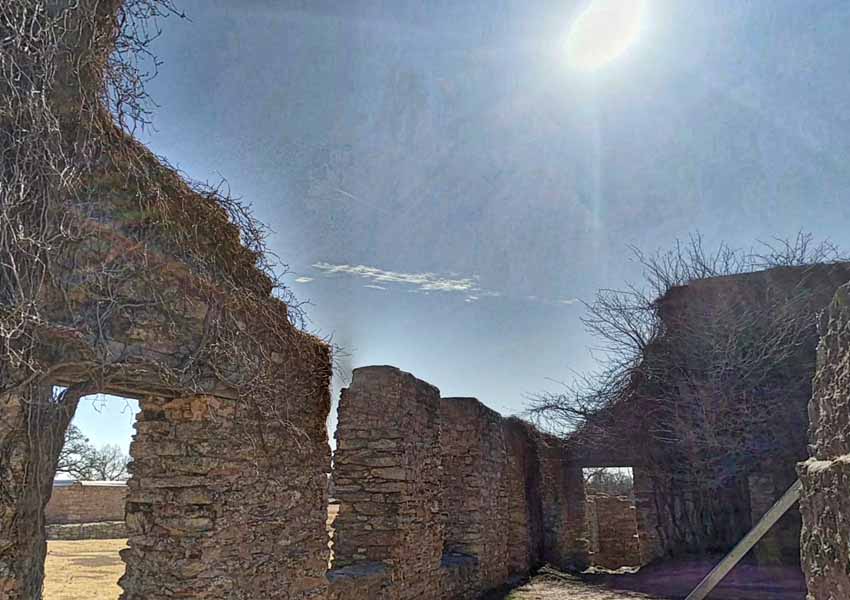


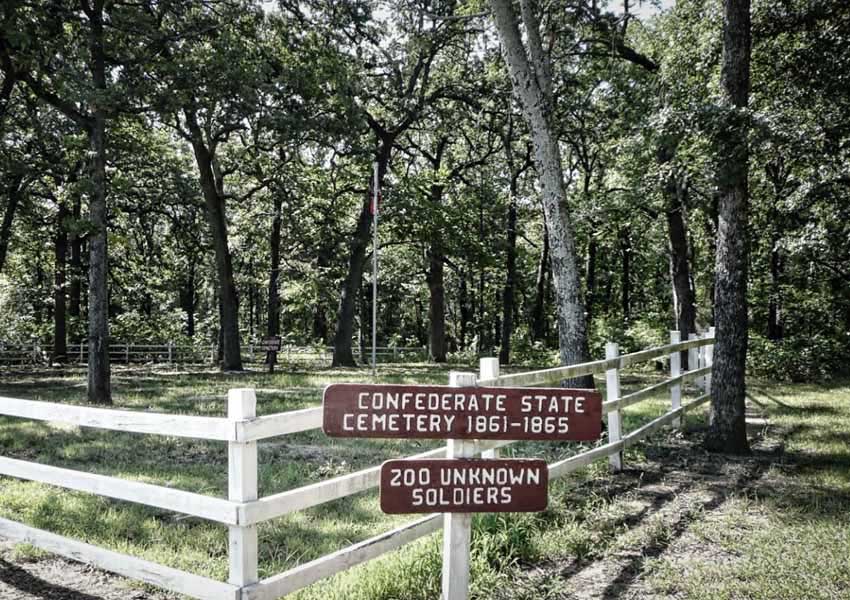
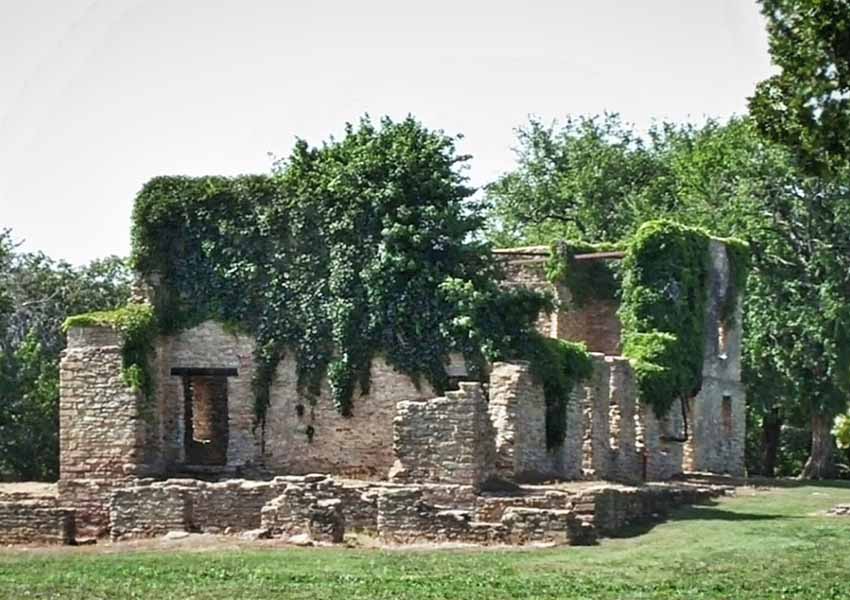
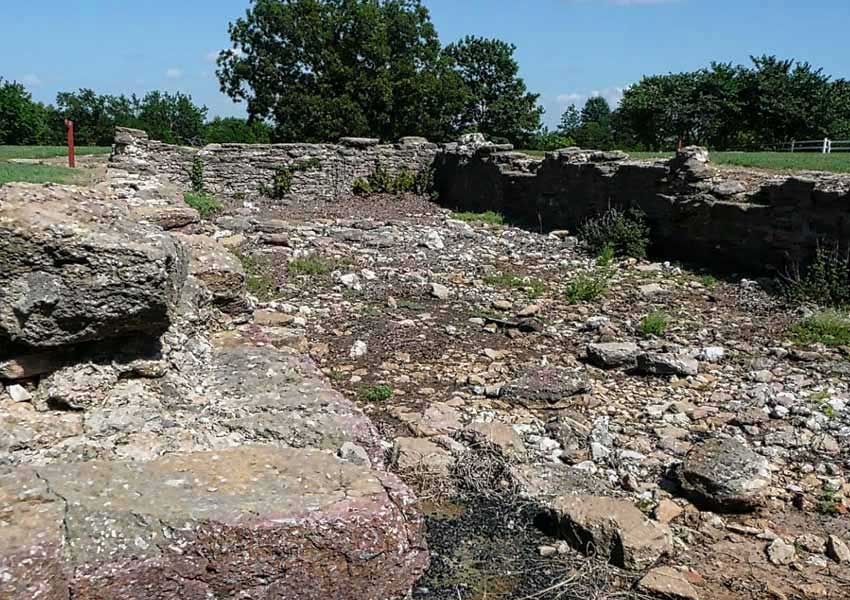
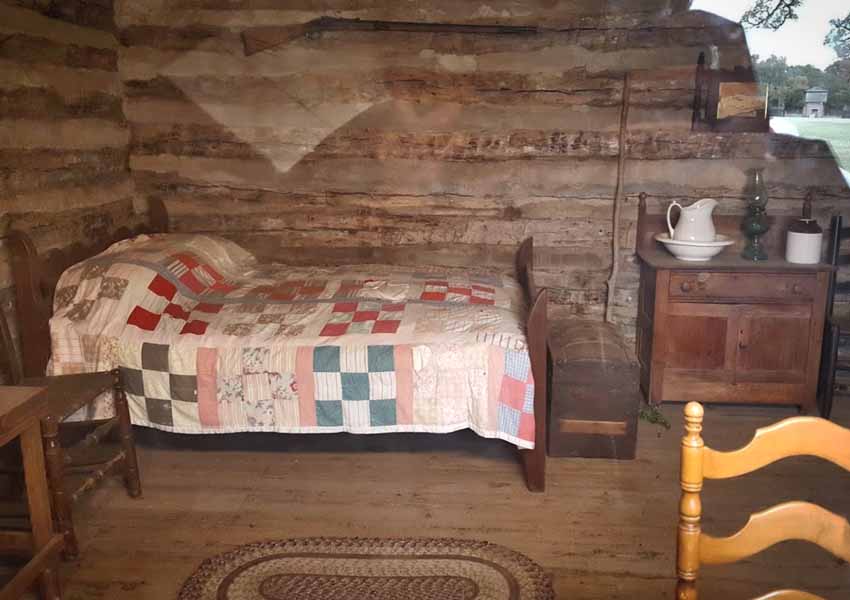
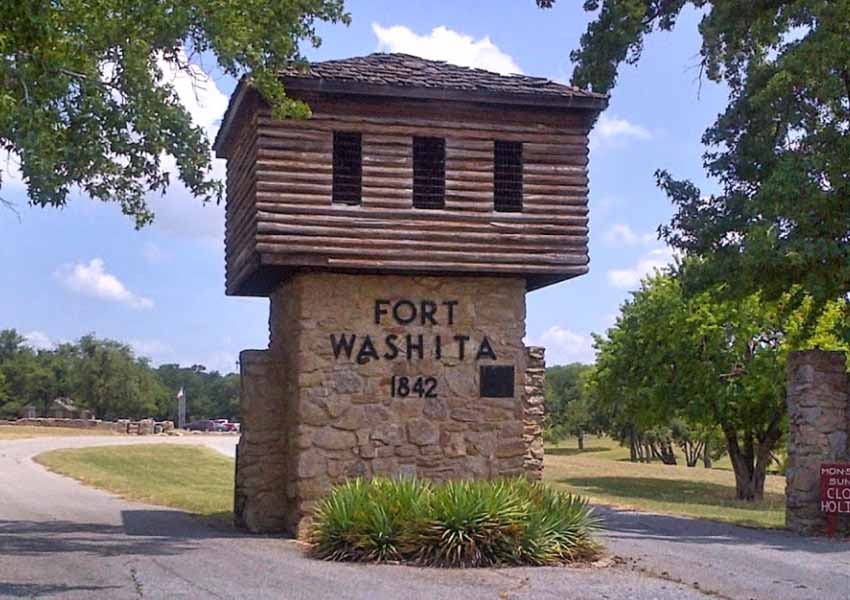
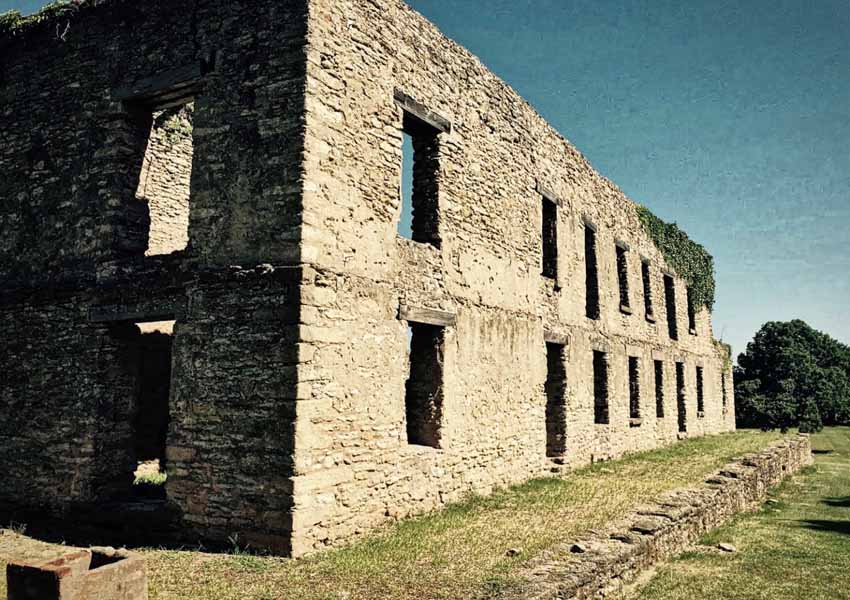
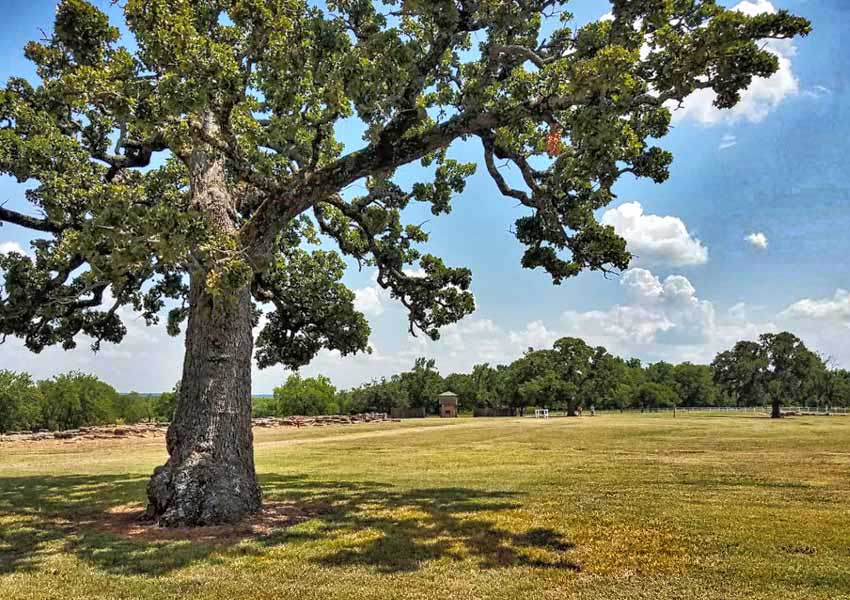
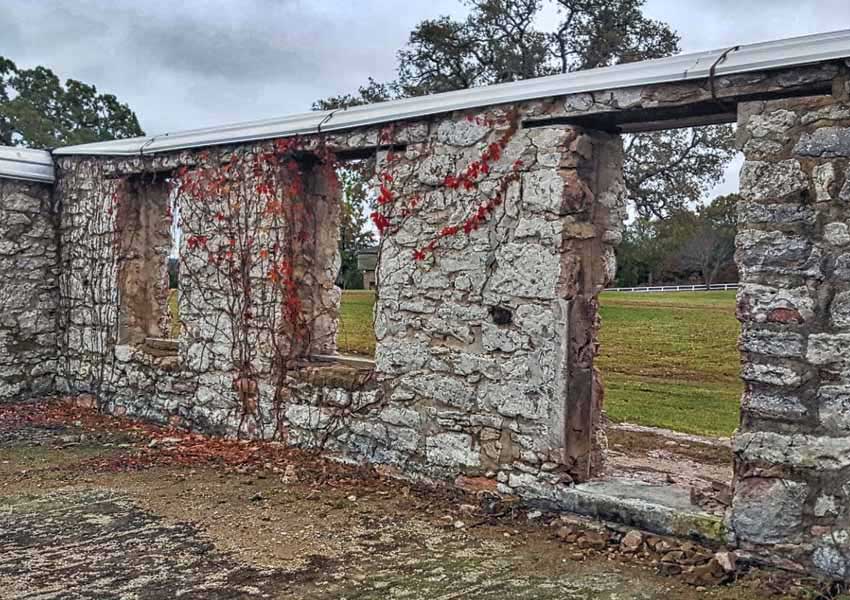
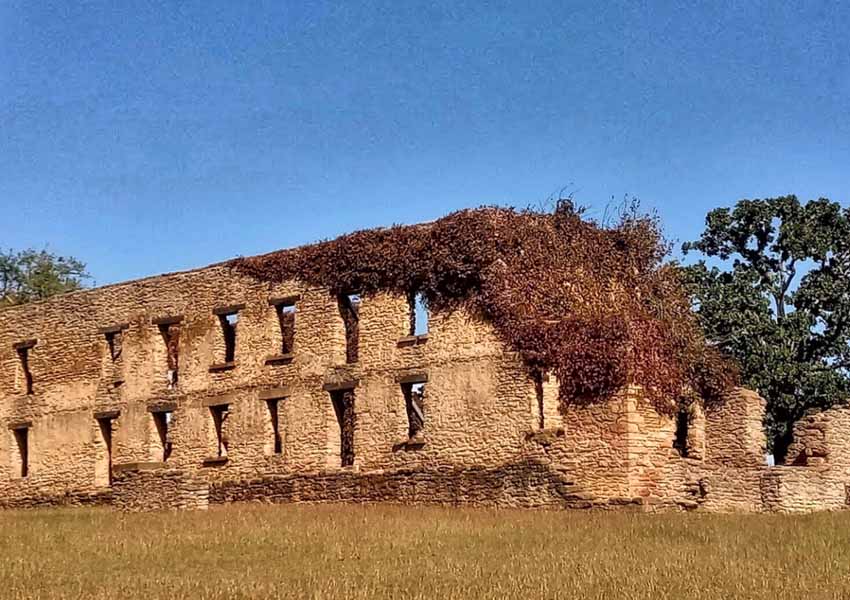
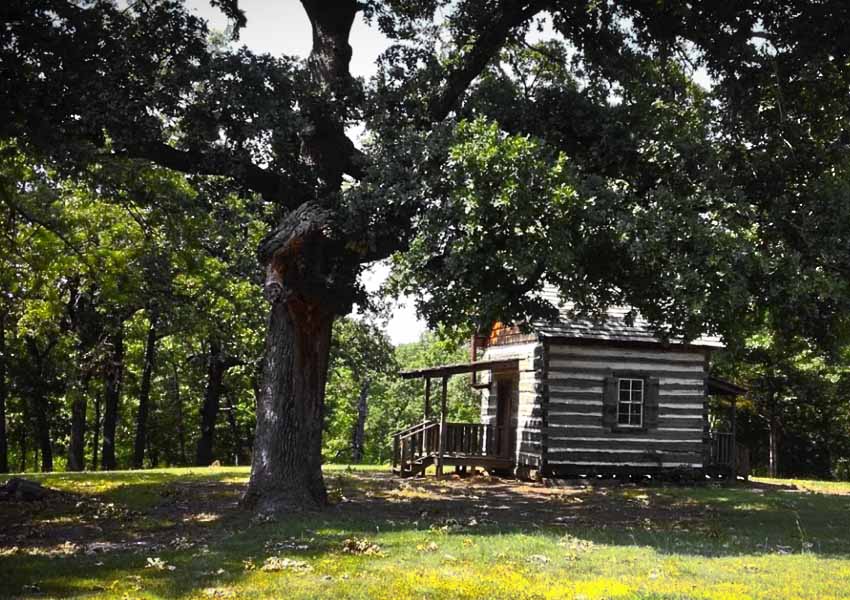
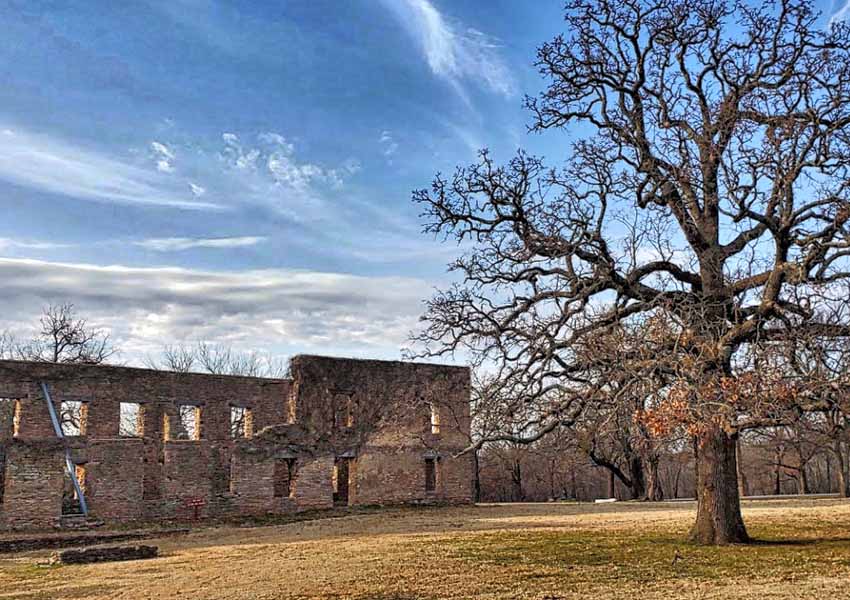

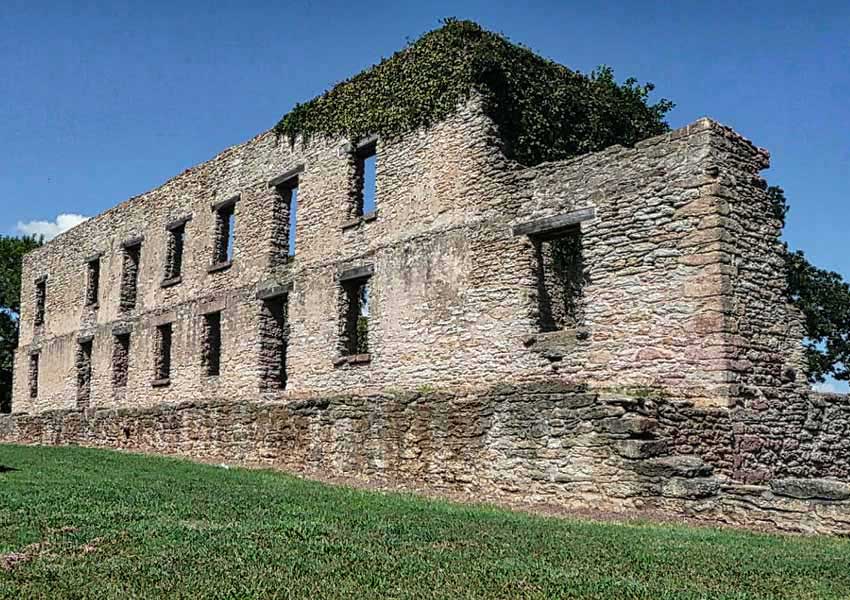

HISTORY OF MANIFESTATIONS
Spirits of young soldiers have a tendency to tease.
Kolb Court, GA (A spirit of a young Civl War soldier moved into one of the homes that was built on the battleground where he died in battle. He found ways to amuse himself by teasing the living).
General Wayne Inn, PA (Spirits of young Hessian soldiers found creative ways to tease young women sitting on the bar stools in the tavern part of this restaurant).
Saint Frances Inn, FL (Spirit of a young soldier likes to flirt with the female employees and has kissed a sleeping bride).
Fort Washita, OK (The mischief that happened here in the rebuilt barrack home sound like some soldiers getting their chuckles at the expense of the sister of Dr. Steele).
Spirits have been known to be attached to their gravestones and wander from them if restless.
Boot Hill, Tombstone, AZ (The spirit of outlaw cowboy Billy Clanton has been seen wandering up the road from the graveyard to try to redo the battle at the OK Corral).
Wood County Infirmary, OH (A spirit of a child is attached to her tombstone).
Pittsburgh Cemetery, PA (Spirits here are attached to their headstones located in this beautiful park-like cemetery).
Fort Washita, OK (Both Union and Confederate soldiers and officers, civilians and lawbreakers were buried in cemeteries on Fort Washita).
Soldiers who lived on a military base or fort, and perhaps are even buried there, sometimes continue to stay where they lived and worked, sometimes becoming possessive of an area.
Fort Sill, OK (A spirit in the old hospital structure let the living know that they were not welcome).
West Point Cadet Barracks, NY (A spirit of a 1800s’ cadet wouldn’t give up his room to living cadets).
USS Hornet, CA (Visitors are still not allowed in the surgery room that is strictly enforced by spectral medical personnel who still work there).
Fort Washita, OK (Spirits of Union or Confederate soldiers became upset with the living, rebuilding their old barracks that they had burned down. These civilians were living on a military base where they didn’t belong).
Spirits can get really annoyed or frustrated or upset when the living loose their grave, or the grave of their loved one..
Liberty Hall, KY (Mrs. Marvick’s grave is located somewhere on Liberty Hall property unmarked and unknown).
Saint Louis Cathedral, LA (The four men that were executed by the governor were buried in unmarked graves so the authorities couldn’t dig them up. Now they are lost forever).
The Carelton House, Fort Huachuca, AZ (young woman had a bad birth that resulted in her death and that of her baby. The baby was buried in an unmarked grave and the mother still looks for it).
Fort Washita, OK (A woman by the name of Aunt Jane was brutally murdered by having her head cut off, sometime between 1842-1861. There are four stories of how this happened).
Story One: Aunt Jane had buried her money to avoid being robbed by Confederate soldiers who came to the fort in 1861. Somehow they got wind of her buried fortune and tried to torture it out of her. When she refused, they cut off her head in frustration. She lost her head and life but not her fortune).
*Story Two: Aunt Jane was the wife of an officer stationed at Fort Washita. She had an affair with another officer.When her husband caught them in bed, he cut off both their heads with his sword and threw the heads in the Washita River in a fit of rage.
Story Three: Aunt Jane was a free Negro that had come to Fort Washita during the Civil War to spy on the Confederate soldiers during the time that they had charge of the fort. When the Confederate soldiers found out that Aunt Jane was a spy for the Union forces, they cut off her head with a sword and then buried her head and body in separate unmarked graves.
Story Four: A rumor was circulating that Aunt Jane, the wife of an officer, always carried twenty dollars in gold, wherever she traveled. One day when she was returning from town, thieves jumped her and one of them got mad and cut off her head, probably when they discovered that she didn’t have the gold on her; it was just a rumor. They may have taken her head as a prize).
People who lose their heads in death or even after death and the head isn’t buried with they body, the spirits sometimes stick around to look for it.
Old Chapel, Castleton, VT (Because there were a lack of cadavers to cut up for theirdirection class, some enterprising students went to the nearby graveyard and dug p a freshly buried body. They cut off her head so it would not be recognizable as being the late wife of a college official. When she was reburied, her head couldn’t be found.Oops!).
Old Faithful Inn, WY (An underhanded narcissist married his bride because she had a rich family; Money he could gamble with. When they were honeymooning at this inn, she took the ticket that her father had sent her, and was leaving when this reprobate cut off her head. He ran away to join the merchant marine. Her body was buried without her head because they didn’t find it until after the funeral).
Teak’s Island, GA (The spirit of pirate Blue Beard is still looking for his head on Teak’s Island).
Fort Washita. OK (Aunt Jane is still looking for her head).
When a spirit is possessive of a place, and doesn’t want to share, they can get aggressive to defend their turf. These spirits can sometimes take it out on the living.
Captain Bailey’s House Museum, NE (The poisoned Captain stomps around and slams the doors trying to scare the docents out of his house when he is in a fowl mood).
Harpers Ferry Guest House, WV (A spirit who has a strong grudge about anyone in a federal uniform would give them nasty looks, and even tried to push a female federal employee down the stairs).
John S. Cain House, Bodie CA (A maid that felt she was wronged felt that this home was hers and that she could harass any man who stayed here).
Fort Washita. OK (Spirits of soldiers apparently are still on duty here and very possessive of the buildings here).
(The spirit of Aunt Jane bullied a family who moved into a house she claimed until she was made to stop).
(An unknown spirit who has claimed The Bonahan Cabin does his best to scare the living out!).
MANIFESTATIONS
Spirit of Aunt Jane – Out & About
The living have reported seeing her headless apparition in a white gown, floating near the fort ruins.
Her apparition has been seen climbing up the walls of ruins, still looking for her head.
Some have said that they have seen her riding a horse pell-mell through the fort’s ruins, with her long, black hair flowing behind her.
What is interesting is that she has her “head” in this favorite pastime for Aunt Jane, or perhaps it is another spectral woman!).
Protecting His Turf
Treasure seekers have never found Aunt Jane’s rumored money, but some have felt another presence not happy having people digging up what they see as Federal property.
It has been reported that an unseen force stopped some treasure hunters’ pick axes from even touching the ground.
This could be the spirit of General Belknap, who could be restless because he died before seeing his family, and buried in a place he had never seen alive.
He may feel he needs to protect this fort from damage done by greedy individuals, trying to resume his service).
Annoyances Done
After the Chickasaw tribe was deeded this property in 1870 by the Department of the Interior, a Chickasaw Native American by the name of Charles Colbert rebuilt many of the barracks, making one of them a home for his family and their thirty-two dogs to live.
A spirit or two didn’t approve of having thirty-two dogs in the home; their former barracks that belonged to them so it kept letting the dogs out.
Finally, Charles got the message and moved his family off the fort property.
Stronger Measures
The spirit or spirits having found success of getting rid of the Colberts, moved up their game plan.
A doctor named Steele and his sister were the next tenants in the rebuilt barracks home.
His sister’s responsibilities included keeping up the home.
It wasn’t long before she witnessed mischievous paranormal activity. Spirits of young soldiers have a tendency to tease.
Probably objects were being moved around, doors and windows were opening and closing, lights going on and off, being touched by unseen hands and maybe even seeing an apparition or two.
The doctor’s sister had a nervous breakdown and they moved out and off the Fort Washita land.
A Menacing Bully!
While Aunt Jane may not of been involved in the activity listed above, she was definitely behind the activity here, late in the 19th century, or early in the 20th century.
Because the spirits of the soldiers was successful in getting the living to leave their turf, she became mean in her tactics to get the living to leave her chosen home located near Fort Washita; near the fort’s ruins.
Aunt Jane became a menacing pest of herself, by haunting a Dr. Stalcup, and his family who lived in this home that she had claimed as her’s alone.
The spirit of Aunt Jane’s most harassing action was to occasionally possess young Molly, who was the child of Dr. Stalcup.
One night Aunt Jane’s apparition went too far and threatened to cut off all of Molly’s hair.
When Mrs. Stalcup kneeled in fervent and intense prayer, Aunt Jane backed down and stopped her nonsense.
Something was able to stop her; prayer and Devine intervention.
Unwelcome
The Bonahan Cabin is located just west of the fort, and apparently has been claimed by a spirit person with rude manners and a strong desire to chase the living out of the cabin by making it an unpleasant experience.
Two female members of a living history group wh were re-enactors were assigned to sleep in this cabin. One of them awoke and felt like someone was trying to strangle her.
The other woman woke up and felt an unseen presence hovering over her. Yikes.
A third female re-enactor joined theater two women in the Bonahan Cabin. That night all three of them had nightmares about being smothered.
Spirits of Soldiers
A green apparition thought to be a spectral soldier was seen walking from the barracks to the stables by a bunch of students.
Spirits of Union or Confederate soldiers may have been the ones to let out the dogs, perhaps not too happy to have the building that they had lived in or had burned down before leaving the fort, rebuilt and used as a home.
They may have been the mischief makers that drove the sister of Dr. Steel to go over the mental waterfall.
The spirits of Confederate soldiers may have been the spectral force that burned down the rebuilt southern barracks as they had done earlier while still alive.
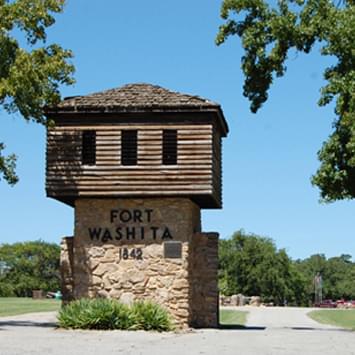
PARANORMAL FINDINGS
Families who had tried to live at Fort Washita or even nearby, have had unpleasant experiences with these possessive spirits of Union/Confederate soldiers, with the spirit of Aunt Jane, and a hostile presence in the Bonahan Cabin.
Paranormal Investigation groups have found that Fort Washita is a fertile ground for paranormal activity, and have caught some hard evidence.
The Native American Paranormal Project have had several investigations on this haunted location and have also caught some hard evidence.
STILL HAUNTED?
Probably so!
Occasionally, the apparition of Aunt Jane is still seen today around the ruins of Fort Washita, though she has mellowed and hasn’t harassed anyone living in houses nearby.
The Chickasaw people may have made a sage offering to calm the restless ones who still walk and float around these grounds.
Other spirits let the Native Americans have their events here, as well as the once a year Fort Washington Rendezvous Event that celebrates the trappers who used to gather here to get their supplies. Tourists walk around the grounds without being bothered by spirits looking to be amused. Treasure hunters are unwelcome by the Native Americans and the conscientious spirits of soldiers.No ugly holes looking for mythical treasure allowed on an Army Fort.
My theory on how Aunt Jane lost her head leans toward her actions of having an affair with another officer and dying at the hands of her enraged husband. That is the most realistic probability. Adultery in many of the stories found on hauntedhouses.com has caused a deadly end for the participants and sometimes the hurt party as well.
How would bandits have known that she had gold on her person? Would she really have been so silly as to walk to town without others with her? The families of the Union soldiers were moved out of Fort Washita before the Confederate Army took it over. She would’ve taken her money with her to take advantage of being safe in a crowd. A freed black woman wouldn’t of been welcome in a Confederate Fort.
After the 2010 fire that completely destroyed the rebuilt South Barracks, the spirits of the soldiers have also mellowed and answer questions of paranormal investigators, knowing that they are welcome to stay here near their graves.
The spirit that is possessive of the Bonahan cabin is still unwelcoming and hostile.
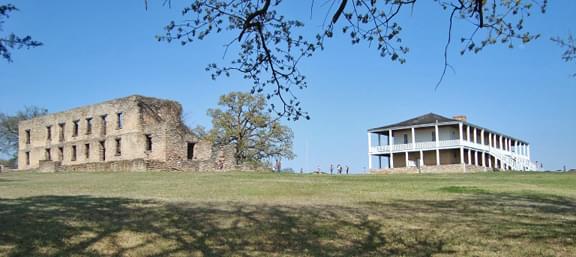
LOCATION
3348 State Road 199
Durant, Oklahoma 74701
Fort Washita is located in southern Oklahoma. Its ruins are located on the Washita River, north of the city of Durant, near the Tishmomingo National Wildlife Refuge, which is not far from the Texas border.
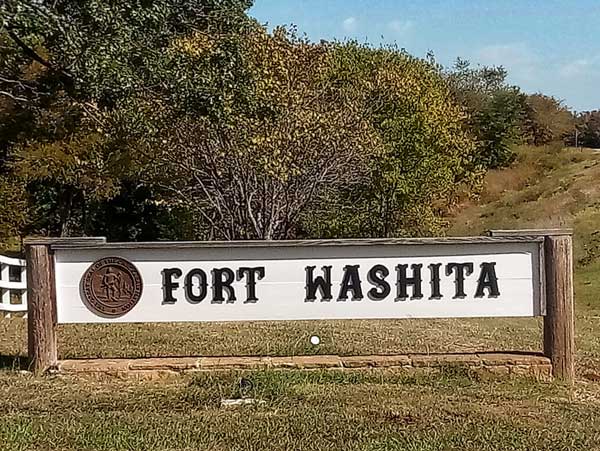
SOURCES INCLUDE
Joseph Scott Mendinghall pictures
npgallery.nps.gov
en.wikipedia.org/wiki/Fort_Washita
chickasaw.net
okhistory.org/publications/enc/entry.php?entry=FO046
militaryghosts.com
onlyinyourstate.com

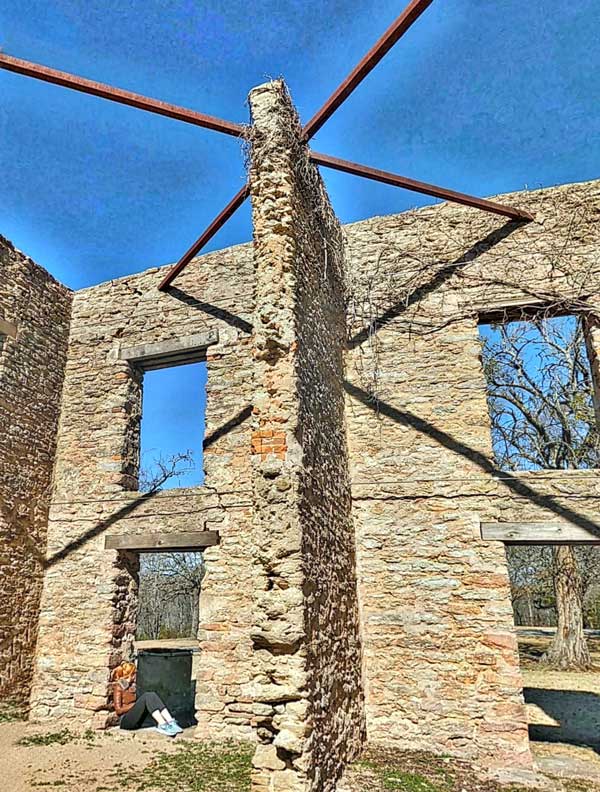

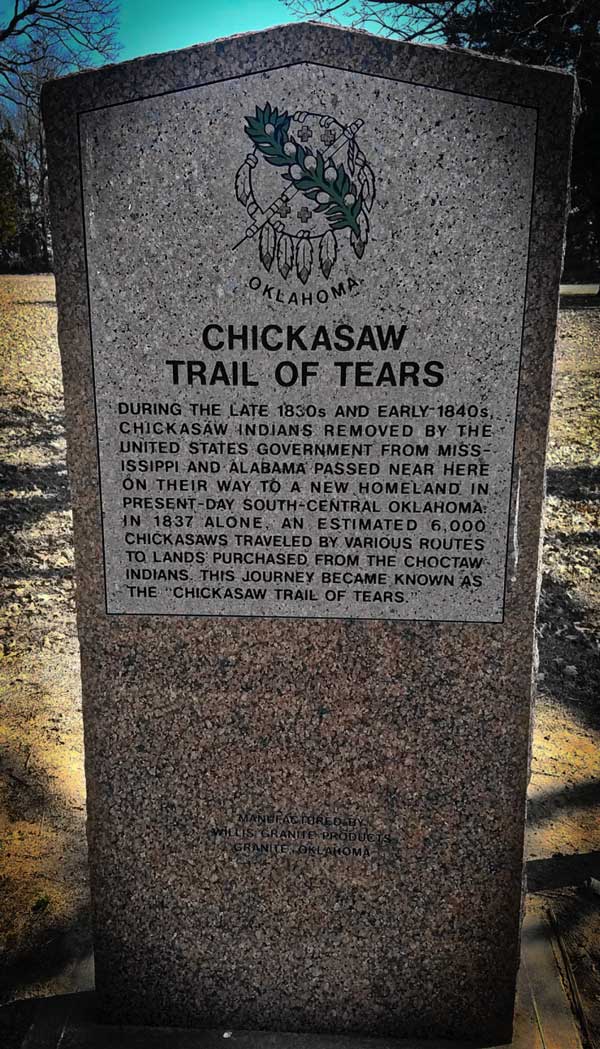
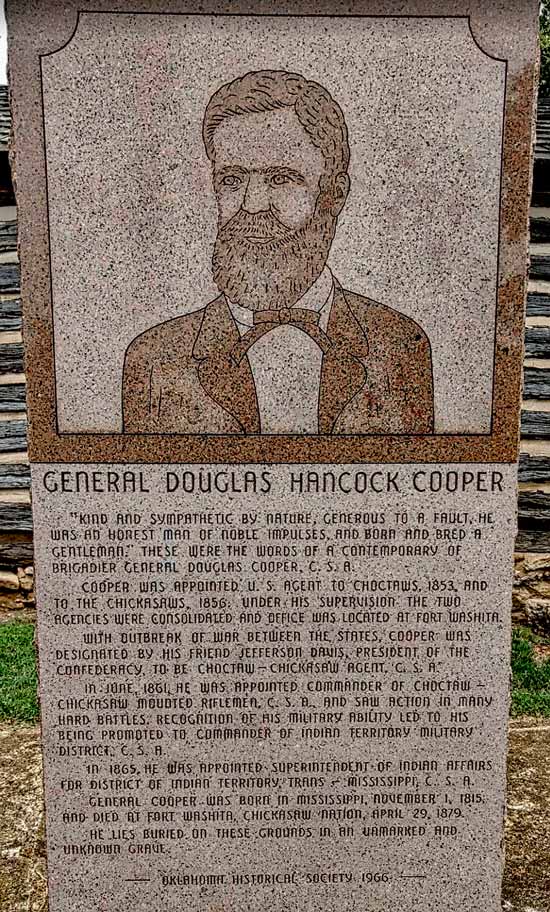
Our Haunted Paranormal Stories are Written by Julie Carr
Our Photos are copyrighted by Tom Carr
Visit the memorable… Milwaukee Haunted Hotel
Your Paranormal Road Trip



